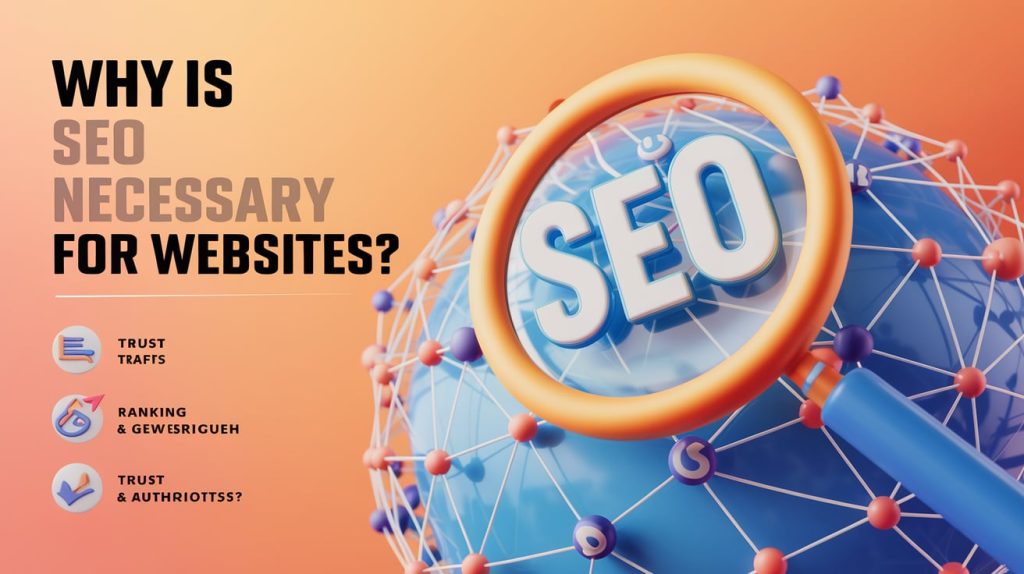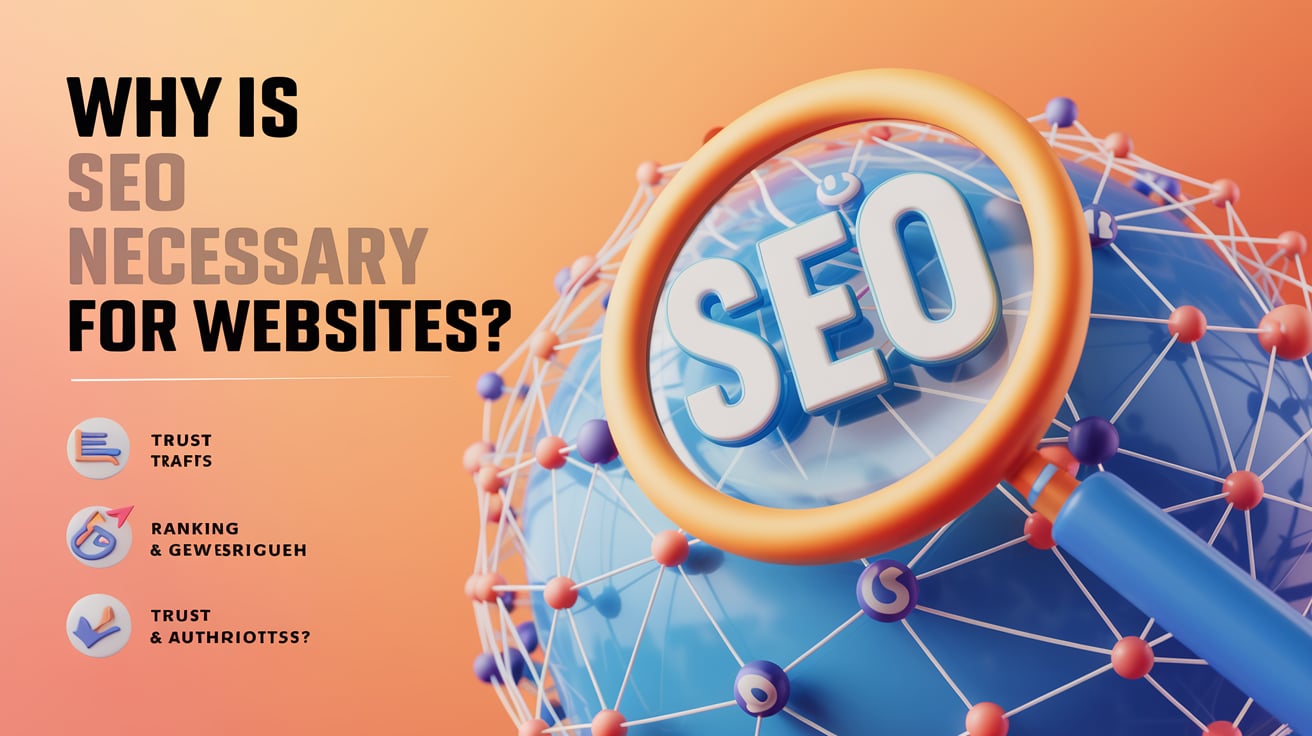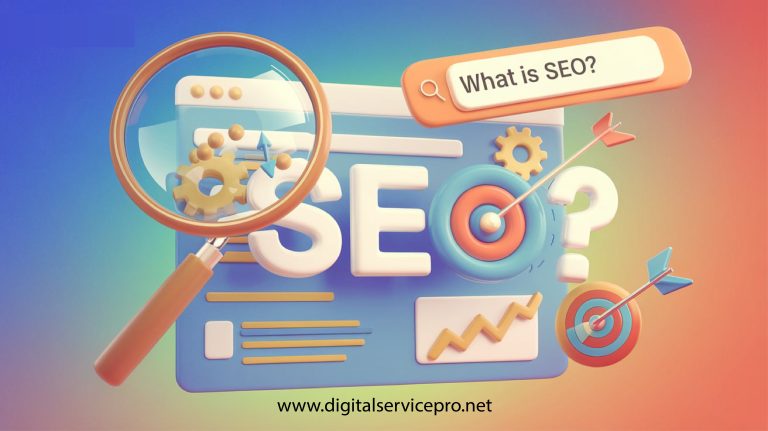Why is SEO Necessary for websites? By Digital Service Pro
SEO (Search Engine Optimization) is necessary for websites because it enhances their visibility on search engines like Google, making it easier for potential customers to find them. Here are key reasons why SEO is essential:

- Improves Visibility and Rankings: SEO helps websites rank higher in search engine results, increasing the likelihood that users will visit the site. The higher your website ranks, the more visible it becomes to potential customers.
- Increases Organic Traffic: Organic traffic refers to visitors who find your site through unpaid search results. SEO helps attract this kind of traffic by optimizing content, keywords, and on-page elements, leading to a steady flow of visitors without needing to invest heavily in ads.
- Builds Credibility and Trust: Websites that rank higher are perceived as more credible and trustworthy. Good SEO practices, like optimizing for user experience and building quality backlinks, help establish your site’s authority in your industry.
- Enhances User Experience: SEO isn’t just about search engines; it also improves website usability. Optimizing page load speed, mobile-friendliness, and content structure creates a better experience for users, which search engines reward.
- Cost-Effective Marketing: SEO is a long-term, cost-effective strategy compared to paid advertising. Once your site ranks well, you can attract traffic for a long time without continuous spending on ads.
- Outperforms Competition: Effective SEO helps you stay ahead of competitors. By optimizing your site, you increase your chances of ranking higher than others targeting the same keywords, thereby gaining more market share.
- Supports Other Marketing Efforts: SEO works hand-in-hand with content marketing, social media, and paid advertising, boosting the effectiveness of your overall digital marketing strategy.
In short, SEO is necessary for websites to increase organic visibility, drive traffic, build credibility, and gain a competitive edge in the digital landscape.



